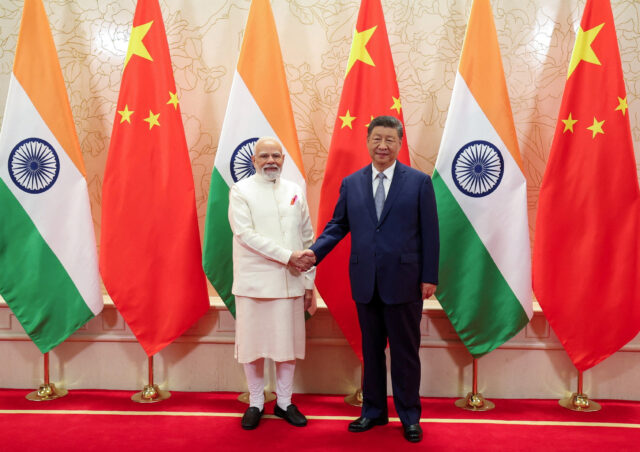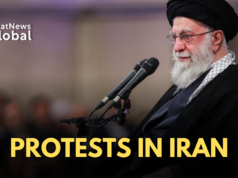
When India and China meet at political and diplomatic levels, their readouts couched in diplomatic jargon, ooze goodwill. But a comparison of one readout with the other underscores that beneath all that goodwill, there are differences of opinion and intention, defining each other’s national interest.
Read para two of the Indian readout on the Modi-Xi Jinping meeting in Tianjin, issued by the External Affairs Ministry: “They reaffirmed they were development partners and not rivals and that their differences should not turn into disputes.”
Xinhua news agency reported Xi telling Modi that “China and India are cooperation partners, not rivals and the two countries are each other’s development opportunities.”
“This is a Chinese formulation”, argues Manoj Kewalramani, China scholar at the Takshashila Institution in Bengaluru. “It was not there when Modi and Xi met in Kazan on the sidelines of the BRICS summit in October last year.”
India found it expedient to echo the Chinese line although in slightly different language, indicating perhaps its openness to re-allowing investment from that country after the blockages and bans following the Galwan clash of 2020.
On the disputed boundary, the Indian readout calls for “peace and tranquility in the border areas,” it referred to the “successful disengagement last year” and urged a “fair reasonable and mutually acceptable resolution of the boundary question.”
The Xinhua report quotes Xi as saying “The two Asian neighbours should work together to ensure peace and tranquility in the border regions and should not let the border issue define the overall China India relations.”
“This is in keeping with the Chinese line that the boundary dispute should be set aside for future generations with the focus on other aspects of the relationship including economic cooperation, trade and investment”, says Kewalramani.
China enjoys a $100 billion trade surplus with India and the focus on trade suits them very well. This is not to say China won’t make some concessions to India on that front although there is no mention of that in the Chinese readout. India does mention the trade deficit.
Diplomats say the Chinese may be willing to relax some of the more onerous restrictions that keep Indian products out of their market.
The Indian readout mentions terrorism without qualifying it, reflecting perhaps the priority, which was to get the bilateral relationship back on track. The Chinese said nothing on that score.
It’s important to note that the SCO platform was founded on the issue of counter terrorism. Perhaps it may figure in the final declaration.
India called for a “multipolar world and a multipolar Asia befitting the trends of the 21st century”.
The Chinese readout mentions the need to promote a “multipolar world and greater democracy in international relations”. It’s well known that while China seeks a multipolar world, it seeks a unipolar Asia where it is the undisputed leader.
Clearly, India has taken the political decision to move ahead on the China relationship, says Kewalramani. That also reflects the pressure India is under from Trump’s tariff war and therefore the need to build some leverage.
Thirty eight years in journalism, widely travelled, history buff with a preference for Old Monk Rum. Current interest/focus spans China, Technology and Trade. Recent reads: Steven Colls Directorate S and Alexander Frater's Chasing the Monsoon. Netflix/Prime video junkie. Loves animal videos on Facebook. Reluctant tweeter.




